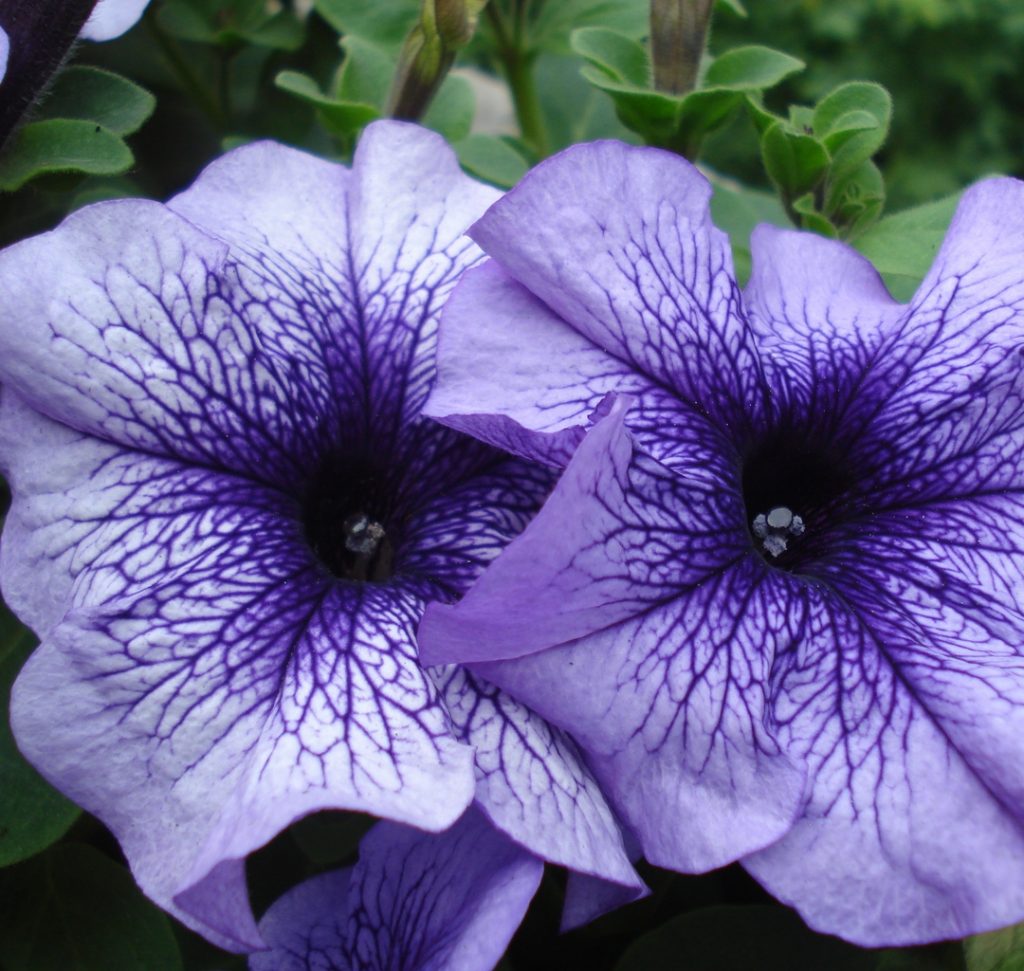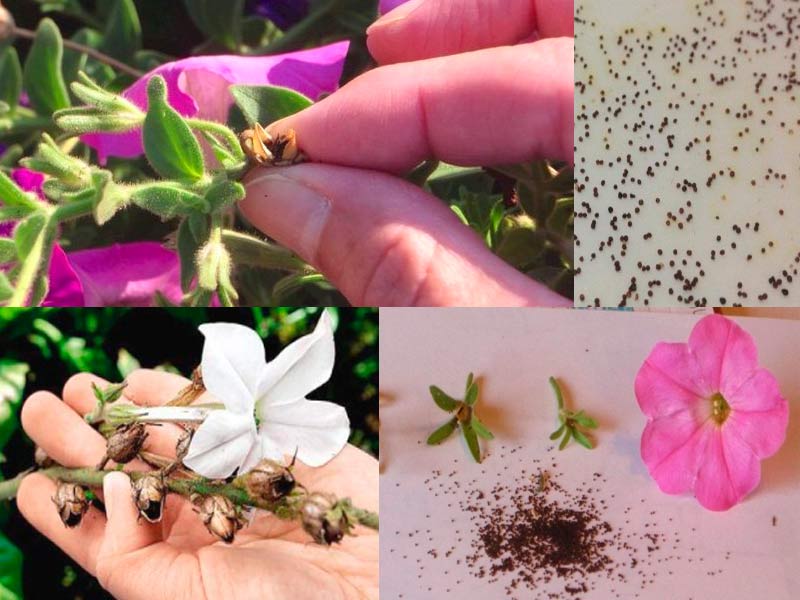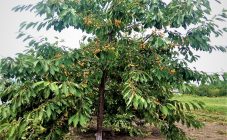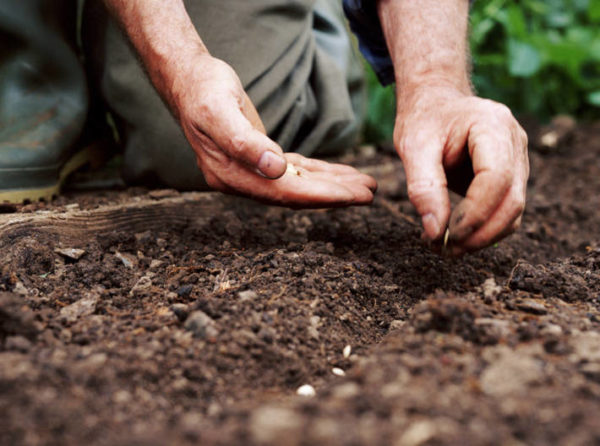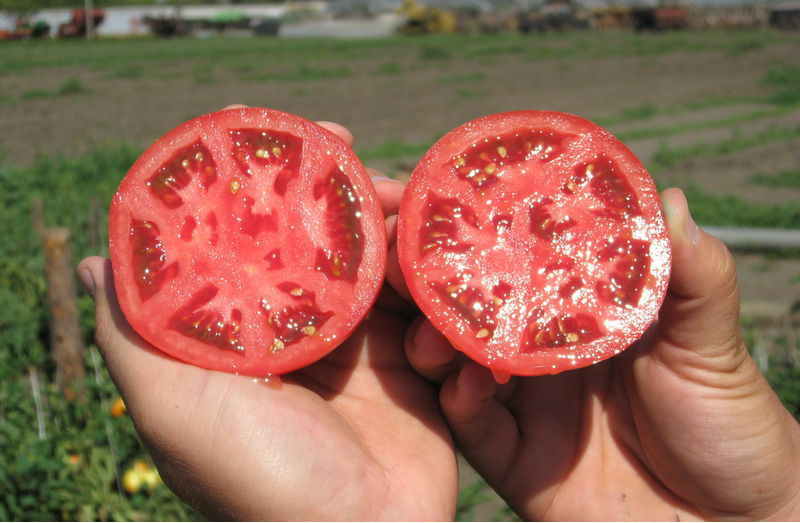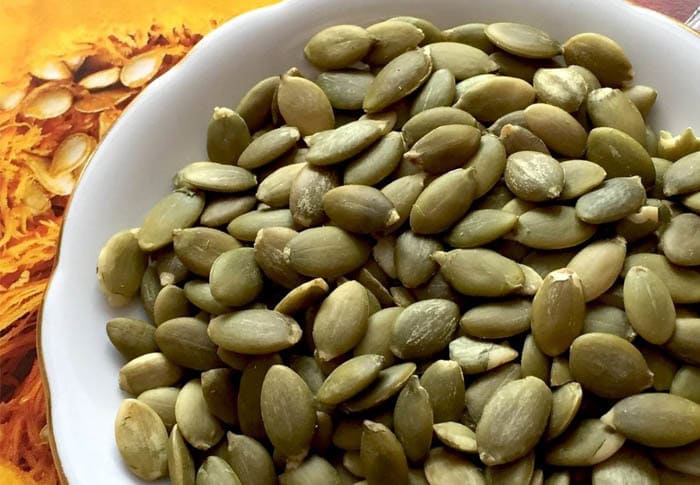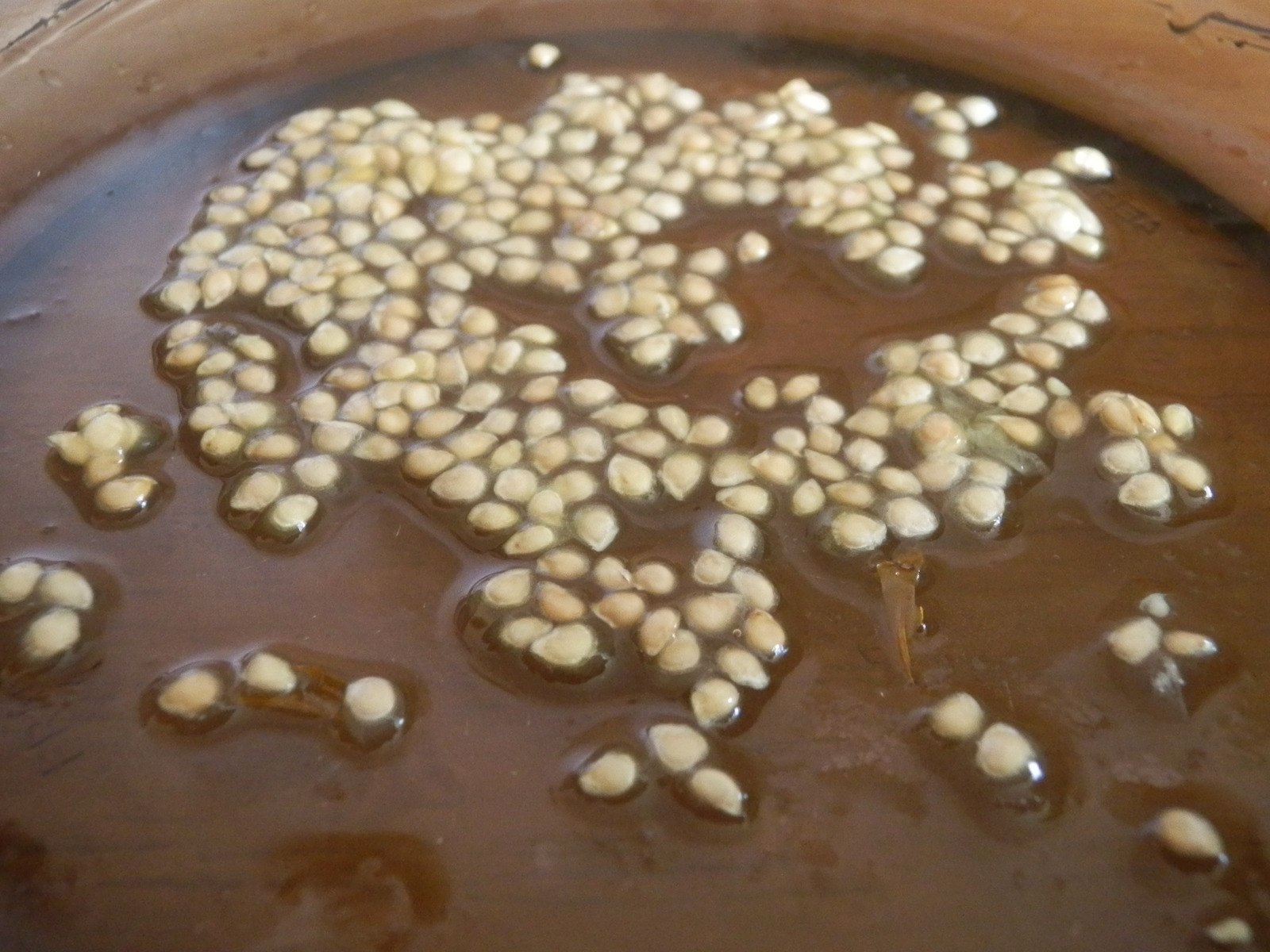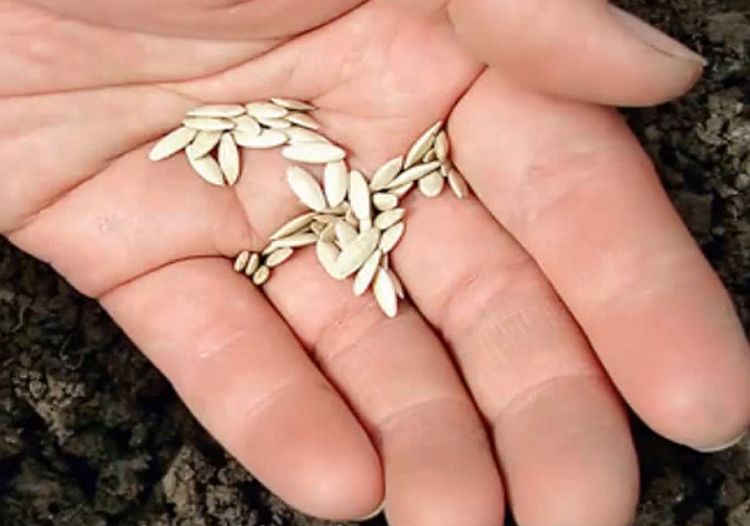Content:
In order to grow several petunias, seedlings are most often purchased in specialized stores and nurseries. However, it is often necessary to cultivate plantings in large areas. In this case, it is recommended to resort to self-growing plants.
Seeds for planting petunias can be purchased at specialized garden stores. But the experience of gardeners shows that such a product is often of poor quality or does not meet the characteristics that are stated by the manufacturer on the packaging. Given that the price of seed is usually quite high, flower lovers recommend harvesting seeds with their own hands. In principle, this is not difficult, but you need to know how to collect petunia seeds at home.
Seed propagation of petunias and other cultivated plants is one of the simplest and most affordable ways. Its only major drawback is that it does not allow the varietal characteristics and properties of the parent plant to be passed on to the offspring.
What petunias are seeds harvested from?
When collecting seeds from simple plants of the same type, there is the highest chance of obtaining as a result specimens that will coincide with the mother in most external parameters. The simpler the shape and color of the inflorescence, the higher the chance of getting the same plant. The next generations will best preserve the colors of the mother plants, such as:
- pink;
- lilac;
- white;
- purple.
Some colors may change during reproduction or split into component parts. These include:
- black;
- red;
- yellow.
The most common varieties in this category include:
- The sun;
- Horizon;
- Prague;
- Daddy;
- Karkulka;
- Morning;
- Amaretto;
- Typhoon;
- Imperial;
- Eagle;
- Mirage;
- Dance of passion.
Hybrid petunia plants are considered the most beautiful, which leads to their widespread use in ornamental gardening. Their coloring may look like:
- star-shaped;
- rimmed;
- striped;
- speckled;
- mesh.
You can also distinguish one variety from another by the inflorescences, which are as follows:
- corrugated;
- terry;
- fringed;
- with wavy edging.
The appearance of these plants is qualified in the following areas:
- ampelous;
- bush;
- cascading.
Seeds can be harvested from any of these varieties, except for terry seeds. When plants obtained from these seeds begin to bloom, they usually show clearly differences in flower shape, color and other external characteristics from the mother specimens. Despite this, the decorative properties of the resulting plants will still remain at a high level.
The most valuable hybrid varieties include:
- Ultra F1;
- Corduroy F1;
- Burgundy F1;
- Galaxy F1;
- Sonya F1;
- Angora F1;
- Celebrity F1;
- Pikoti F1 and others.
It is impossible to collect seeds from terry varieties for the reason that they are not adapted to this at the physiological level. Such hybrids, in principle, do not form seed material, since their pistils develop into additional petals over time. Stamens tend to reproduce normally, despite the fact that their number in terry petunias is usually much larger than in all others.
The best varieties of terry petunia are considered to be:
- Double Cascade;
- Pirouette;
- Love story;
- Tart Bonanza;
- Sonata;
- Fanfare;
- Valentine;
- Duo;
- Artist;
- First beauty;
- Blue Danube;
- Algefülter Zwerg.
Seed appearance
Petunia seeds are small in size. The diameter of a typical seed is approximately half a millimeter, and their mass is approximately 50 milligrams. Seed material has a brown color of varying degrees of saturation. When asked where the seeds are located in petunia, it should be answered that in the boxes - a specific variety of fruits. Each of them contains approximately 100 seedlings inside. Thus, there are enough seeds from several petunias to fully meet their needs for the next growing season.
The seeds become suitable for harvesting after 80-90 days from the day the petunia begins flowering. The onset of maturity of the seed material can be visually tracked by when the capsules begin to acquire lighter shades of their brown color up to yellow. The most suitable for collection are those boxes that are located in the lower part of the plants.
Step by step collection of petunia seeds
It is recommended to take pre-marked buds with bolls filled with seed material from the stems in advance. This will allow the formation of new buds on the crop during the same growing season, thanks to which flowering will last until the end of August and beyond.
The boxes are removed from the buds and the state of maturity is noted. If they have not yet reached the required condition, they are placed in a bag made from a tea bag or any other suitable thin material. This will allow the seeds to not crumble from the pods as they ripen. The pouch will keep the seed intact and safe.
Drying and storage
The collected seeds must not only be prepared, but also dried. Seed material, which contains excessive moisture, is affected by diseases during the flowering process, decays and becomes unusable. For drying, the seeds are evenly distributed over the surface of a thin paper sheet and placed in a darkened room that should be sufficiently ventilated. Usually 2-3 days are enough to completely dry the seed.
The seeds are laid out in strong small paper bags and placed in a dry room without any containers with moisture and room temperature. Beforehand, each of the boxes must be provided with a label on which the name of the variety must be indicated. If you store the seeds correctly, they will retain their germination for 2-3 years.
Sowing seeds
If you plan to grow petunias in seedlings, seed material is sown in the last decade of March - the first decade of April. Sowing seeds directly into open ground is practiced, but it is carried out much later, most often in the last days of May. By this time, warm weather will be established, and the soil will be warm enough.
Drainage material is poured into the planting container, and a carefully loosened light soil mixture is poured over it. The seeds are evenly distributed over the soil surface, after which they are carefully and carefully pressed into the ground with a finger. From above, they are covered with a layer of soil two millimeters high.
Seed material germinates most intensively when grown in greenhouse or greenhouse conditions. To ensure the necessary conditions, the container with plantings is covered with a plastic wrap or transparent glass on top. Seedlings should be grown at temperatures ranging from + 20 ° C to + 25 ° C.
Seedlings require good access to sunlight, without which they grow elongated, pale and weak. Once a day, it is recommended to turn the plants in different directions to the light source. In case of a lack of natural sunlight, it is recommended to organize an additional artificial supplementary lighting system.
Regular watering is carried out, trying to prevent overflows. From time to time, the plantings are carefully ventilated, while removing the condensate accumulated there. It is possible to increase the quality and quantity of seedlings by introducing appropriate dressings.
Knowing how to collect petunia seeds, you can organize self-collection of seed, which will be easier and more profitable. With the right organization, it will be possible to get beautiful plantings of lush flowering plants.
